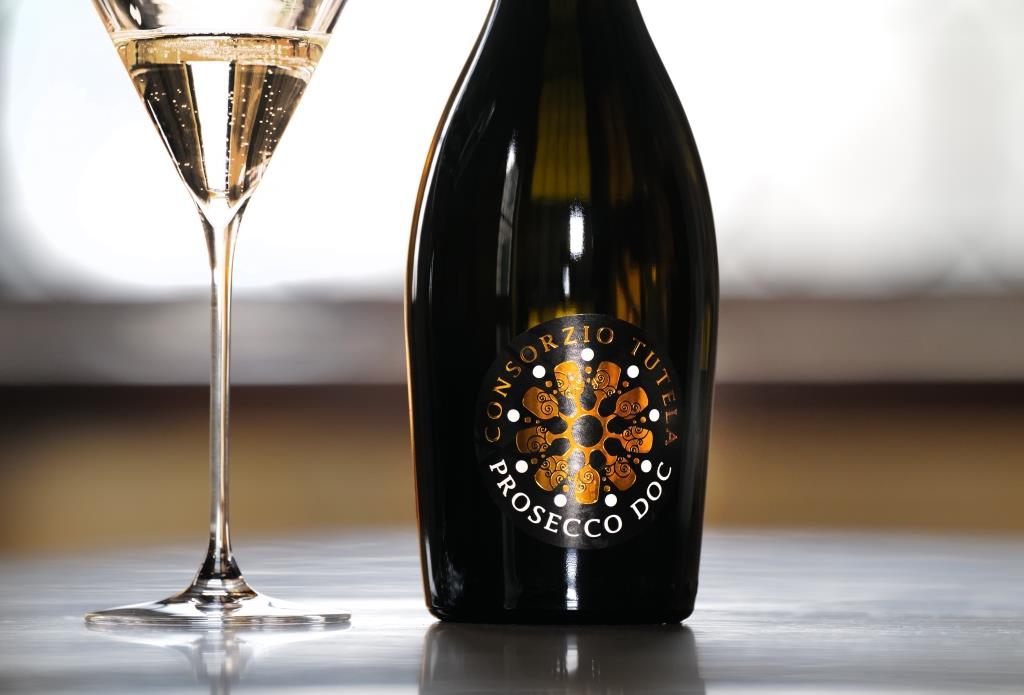So why are we reviewing a Beijing travel guide when you live and work here? That’s a fair question.
Well, despite appearances – and the visitor info in its final third – An Armchair Traveller’s History of Beijing is largely a concise history of our city. The book just isn’t marketed at you, which is a shame because the learned readers of That’s Beijing are the very people who might enjoy Jonathan Clements’ informative account the most.
I’m sure there’s a cliche we could summon about books and their covers. Speaking of which, the book’s cover is genuinely awful. We’re not even certain that the picture shows Beijing, and if it does, the image has been photoshopped beyond recognition.
But get past the cover’s galling blue, and you’ll find 105 pages of direct, well-written history, that travels at a steady pace from Peking Man to the ill-fated opening of a Starbucks inside the Forbidden City.
Longer than the Wikipedia entry, but shorter than an academic tome, Clements’ condensed history is written without excess or pomp. Each sentence seems to carry weight.
The only exception is the author’s poorly executed attempts to open each chapter with a personal anecdote (they are mostly about about his trips to Beijing subway stations). But the narrative soon dissolves into the straight history you’re here for. More compelling images of familiar places come from descriptions of the city’s past, such as Kublai Khan and his followers boating in Beihai Park at sunset.
Sure, this account is short on dates, historiography and primary sources. But if you’re after some interesting facts to impress friends and visitors with, this is the book for you. And if that’s your goal, shouldn’t we just publish some of the best facts from the book right here? OK, here you go (all in Clements’ words):
On jiaozi…
The dumpling travelled both east and west from Central Asia in the Middle Ages, along with the durum wheat that was a vital component of both it and noodles – neither is native to China.
On north and south…
In 938 Beijing was renamed Nanjing (‘South Capital’) in recognition of its relation to other urban centers of the Liao dynasty – a ruling elite of Khirtan tribesmen.
On 12th-century building regulations…
Although some temple pagodas might climb higher than a couple of stories, 99 feet was usually regarded as the maximum height allowable by the principles of feng shui. Good spirits, supposedly, flew through the air at a height of 100 feet, and any buildings in their airspace might impede the bestowal of good fortune.
On Marco Polo…
Marco himself never learned more than a few words of Chinese, leading to many supposed ‘errors’ in his account of his travels. In fact, his experience of China was akin to that of a foreign diplomat on a brief fact-finding mission, forced to regard everything though the limited opportunities afforded for actual local contacts.
On Manchus and the sea…
With a nomadic background and a love of horsemanship and the steppe life, the Manchu ruling house was pathologically afraid of the sea. In the 17th century, they briefly ordered the complete depopulation of the seacoast to a distance of some 30 miles, hoping to cut China off from the undue influence of the coastline.
On hutongs…
Strictly speaking, a street that runs east-west is called a hutong (‘alley’) while one that runs north-south is called a xiang (‘lane’).
An Armchair Traveller’s History of Beijing is published by Haus Publishing and is available on Amazon
Read more Book Reviews from the That's team






















0 User Comments